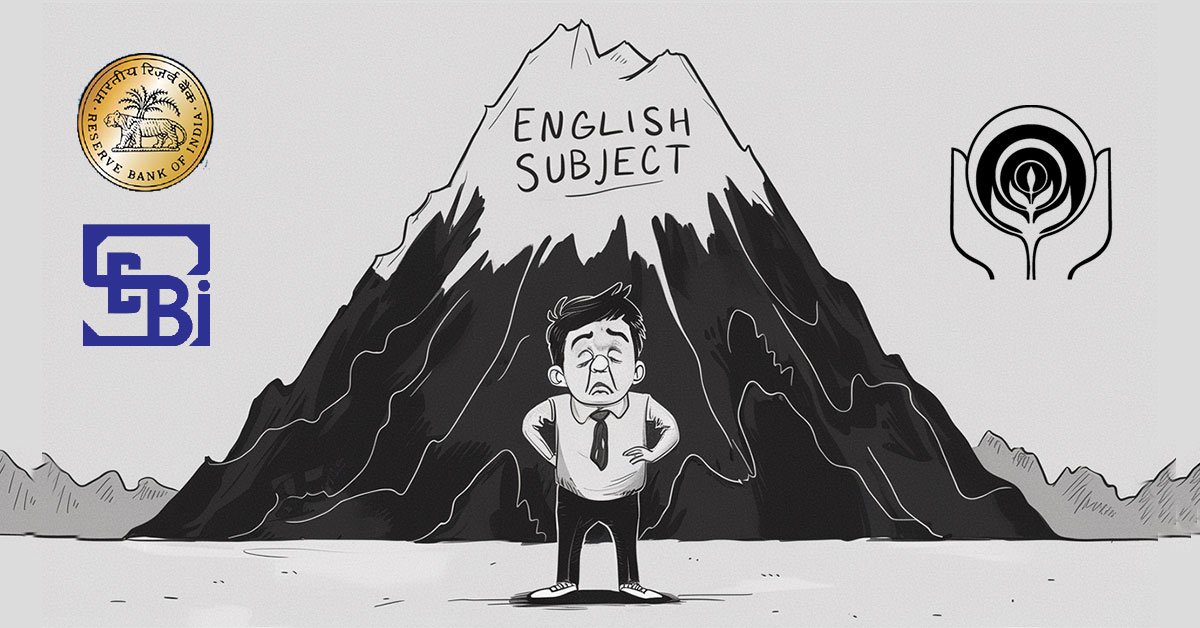Source: United Nations Population Fund (UNFPA) & The Hindu
Context:
India’s population is estimated to have reached 146.39 crore by April, says a new UN demographic report, which adds that the country’s total fertility rate (TFR) has declined to 1.9, falling below the replacement level of 2.1.

Key Highlights:
- Global Population Trends:
- World population reached 8.2 billion in 2025.
- While population growth is slowing, significant disparities persist between high-income and low-income countries.
- Fertility Crisis Reframed:
- The real concern is unmet fertility goals—not overpopulation or underpopulation.
- Many individuals are unable to achieve desired family size due to lack of access to reproductive choices.
- Reproductive Rights and Agency:
- Focus on autonomy in reproductive decisions—when, how many, and whether to have children.
- Emphasizes access to contraception, healthcare, and education as foundational rights.
- Demographic Dividend Window:
- Over 60% of global population is aged 15–64, presenting a historic productivity opportunity.
- Potential for economic growth, especially in LMICs, if supported by education and job creation.
- Ageing Population Challenge:
- Rapid rise in the 65+ age group globally.
- Urgent need for healthcare systems, pension reforms, and social safety nets to support the elderly.
- Youth Bulge in LMICs:
- Countries like India, Nigeria have a high concentration of youth, posing both challenges and opportunities.
- Investing in skill development, health, and employment is crucial to harness this potential.
- Gender Gaps in Fertility and Healthcare:
- Women’s education, autonomy, and access to services directly influence fertility patterns.
- Persistent inequalities in contraception, maternal care, and family planning.
India’s Position
India’s Current Population Status (2025):
- Estimated population: 146.39 crore (April 2025)
- India is now the world’s most populous nation, overtaking China (141.61 crore)
Fertility Trends:
- Total Fertility Rate (TFR): Declined to 1.9, below the replacement level of 2.1
- TFR in 2021 (SRS data): 2.0 – replacement level “attained” nationally
- Replacement level TFR: Average number of children per woman required to maintain population level
- The report emphasizes reproductive agency – ensuring individuals have informed and free choices in reproductive matters
Population Growth Projection:
- India’s population expected to peak at 170 crore in the next ~40 years
- Post-peak, a gradual decline is anticipated due to sustained low fertility
Youth and Working-Age Demographics:
- 0–14 years: 24%
- 10–19 years: 17%
- 10–24 years: 26%
- Working age (15–64 years): 68% – reflects demographic dividend opportunity
Elderly Population and Life Expectancy:
- Aged 65+: 7% of total population in 2025
- Expected to rise significantly in future decades
- Life expectancy at birth (2025):
- Men: 71 years
- Women: 74 years
Census and Official Estimates:
- Last Census conducted in 2011
- The delayed 2021 Census now scheduled for completion by March 2027
- India’s internal population projection (2019): 141.10 crore by 2025















